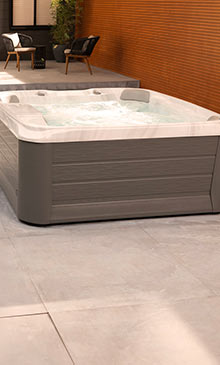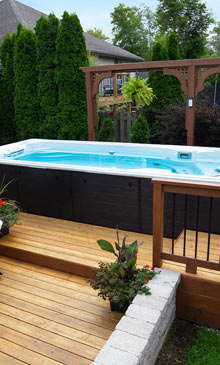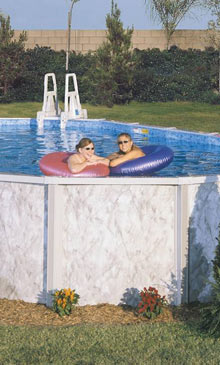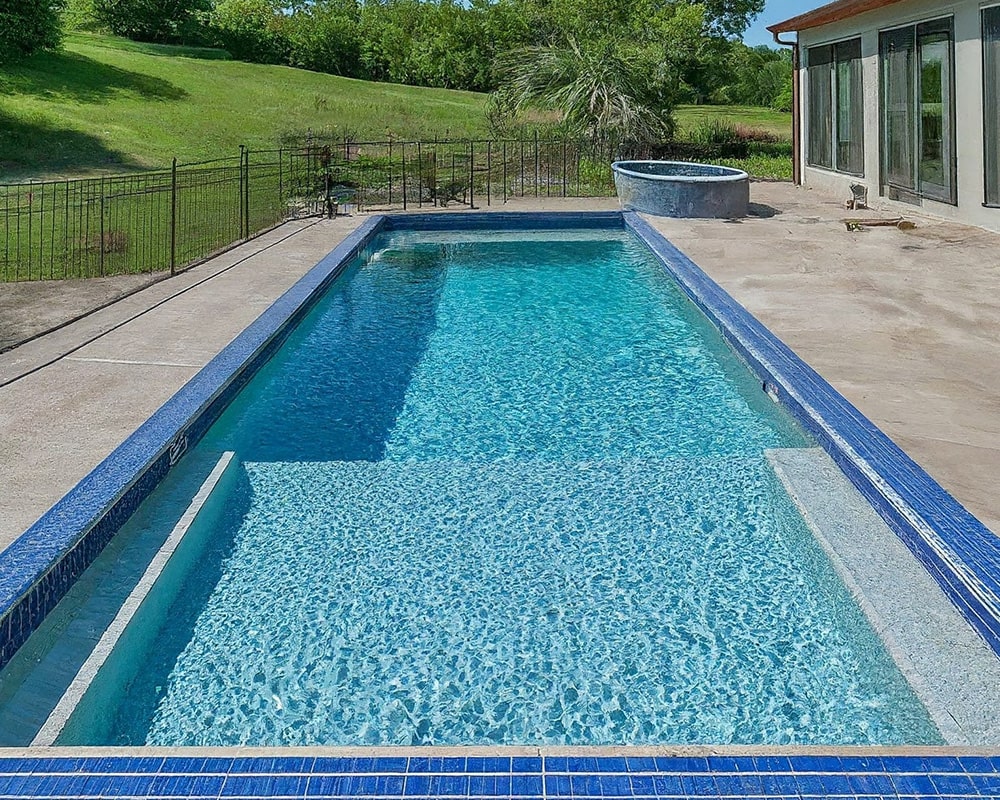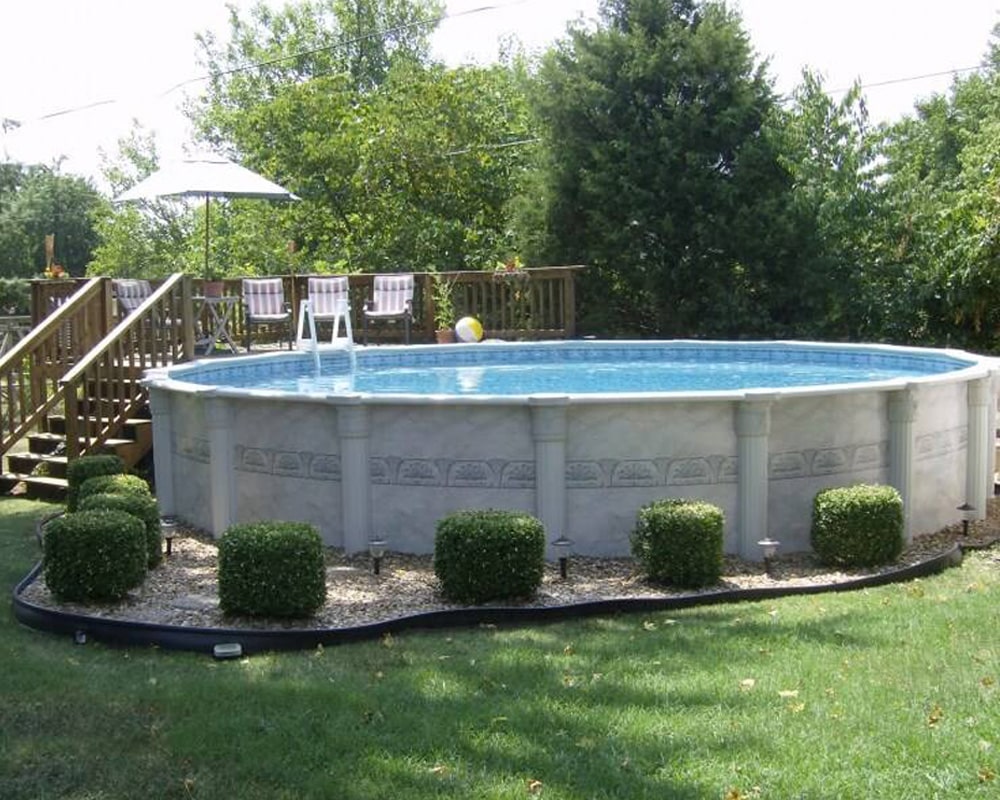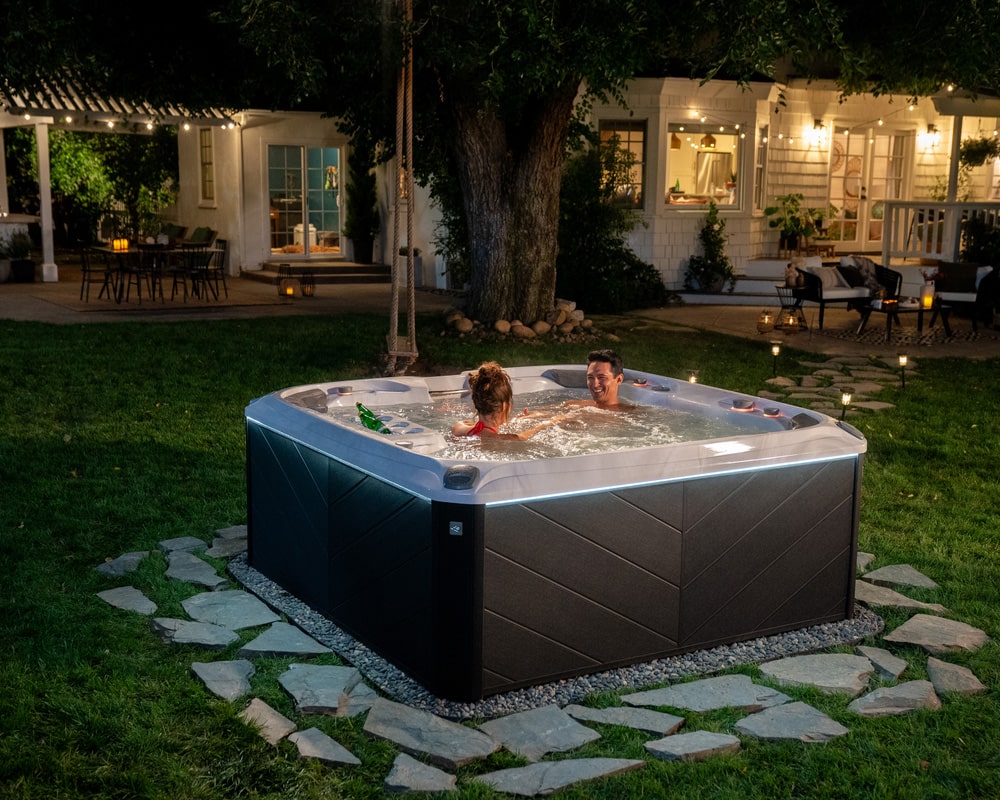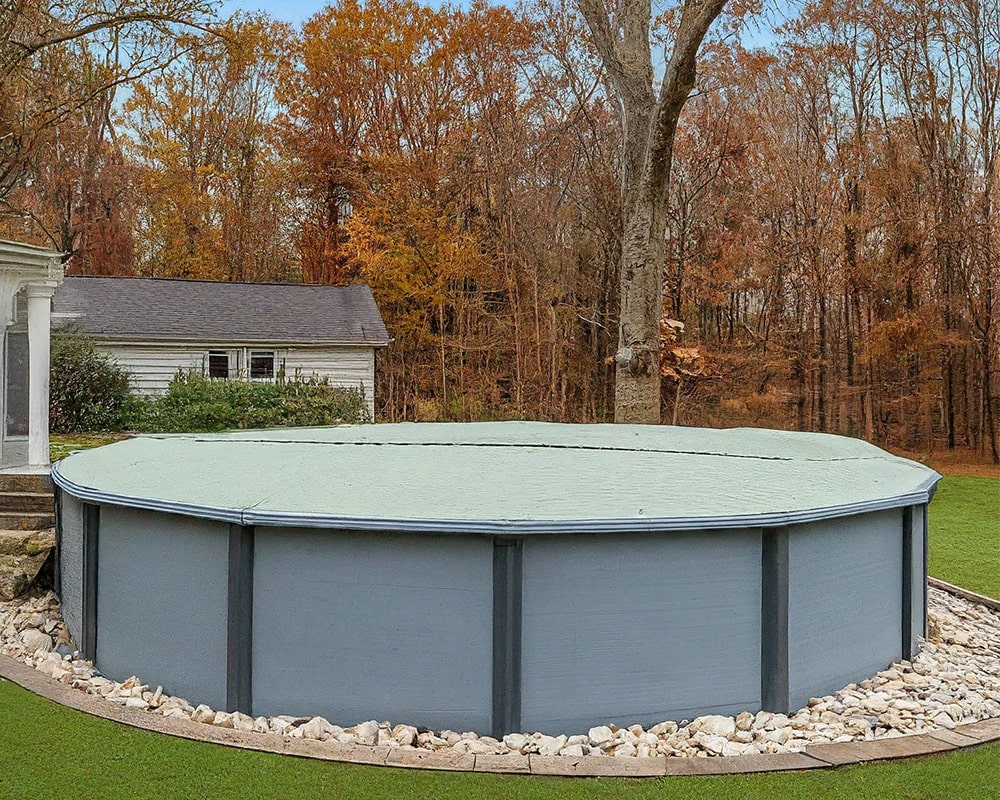April often marks a yearly paradigm shift as homeowners everywhere consider opening their pools once again. If you count yourself among those excited for some refreshing fun in the sun, here’s a handy guide for getting your pool ready just in time for the summer season!
Right Time, Right Temp
Depending on the climate, you’ll probably toss around the idea of opening your pool back up between March and May. It’s best practice to wait until the average daytime temperatures rise above 70 degrees, as temperatures in that range will ensure that the water is comfortable enough for you to swim.
The keyword there is “average.” In other words, while you might be enticed to open things up early thanks to a random heat wave or similar surge in temperatures, always keep an eye on the weather. Wait until you notice a longer stretch of warm weather before you open your pool, or else you might be met with a chilly reception!
Call for a Safety and Maintenance Inspection
Just because you’re not using it doesn’t mean the winter season is an easy time for your pool. There’s a chance that some of your equipment might be damaged or show signs of wear and tear.
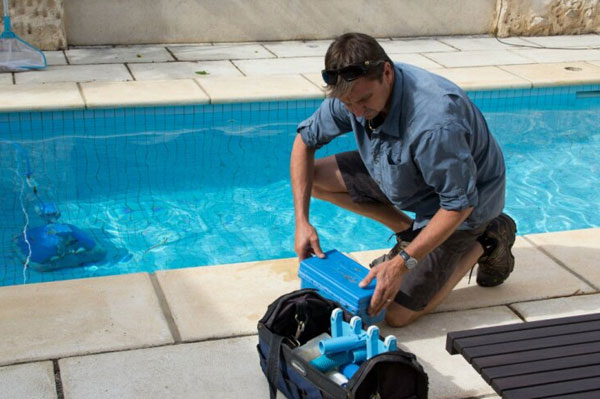
With that said, spring makes for an excellent time to confirm that every inch and element of your pool is ready for you to open once the weather picks up. Calling pool maintenance professionals early on will give you the confidence and peace of mind you need to continue getting your pool ready for the summer.
Handle the Pool Cover
Most pool owners cover their pool throughout the winter, so they’ll want to clear off any dirt or debris from the top to keep it from entering the pool as they remove it for the first time in the year. Those with solid pool covers can use a sump pump to remove standing water.
Regardless of your type of pool cover, you must ensure it is completely dry before you put it away in storage. Before you do this, take the time to inspect it for any rips or tears so you know you need a new one before you close your pool again in the fall.
Clean Your Pool Thoroughly
Giving your pool a good cleaning is vital before you so much as dip a toe in it. Remove any debris floating on the water’s surface with a net, use a pool brush and vacuum to brush away any dirt and debris, and run your filter for a day or so to eliminate anything you can’t get at, like smaller dirt particles.
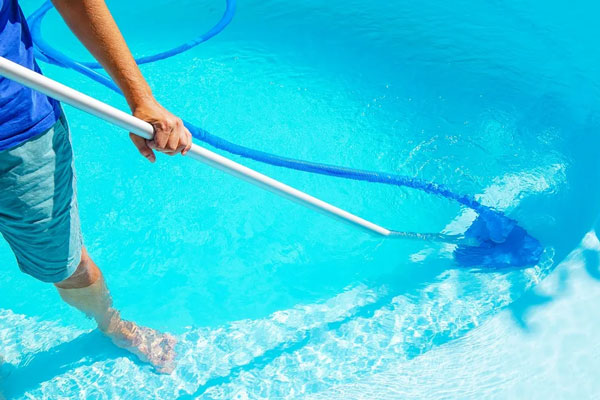
Getting your pool ready and clean enough for a spring opening is a significant task, so it’s often easiest to have a pool cleaning company handle things for you. With them on the case, you can focus on other aspects of preparing your pool and ensuring the water is crystal-clear and impeccably clean!
Balance Pool Water
Having finished the manual cleaning, it’s time to rid your pool of any microscopic contaminants. Pool shock, for instance, will clear your water and further eliminate any potentially hazardous dirt and bacteria.
Always read the directions for properly using the shock and don’t forget your safety gear. It’s also important to test your pool’s pH before and after applying shock to understand how the chemicals impact it. You’ll also want to run your pool pump for an hour or two afterward to ensure the shock reaches every part of your pool. Then, leave the pool alone overnight.
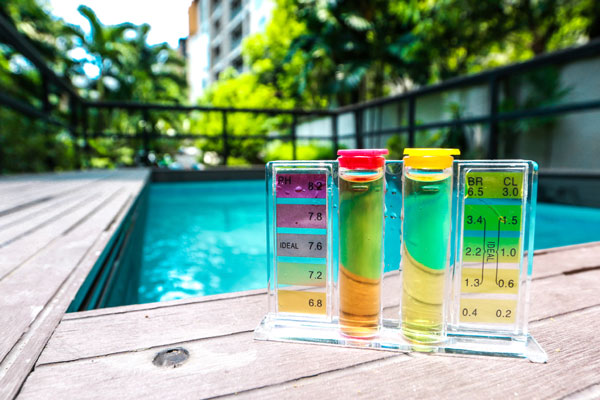
After a winter rain when your pool has become diluted, you’ll want to monitor and adjust the pH, alkalinity, and calcium hardness levels to ensure they’re within their recommended ranges.
pH affects water clarity and sanitizer effectiveness, while alkalinity acts as a buffer to help prevent pH fluctuations. Calcium hardness works to shield against corrosion and scale buildup.
Overcoming Potential Algae Blooms
Algae is a surprisingly hardy substance: it has no problem growing beneath pool covers, even in the dead of winter. And the fluctuating temperatures that often come right when you open your pool can be the perfect breeding ground for health-compromising algae.
Algae can quickly take hold in pool water, turning it green and murky—spoiling your swimming experience.
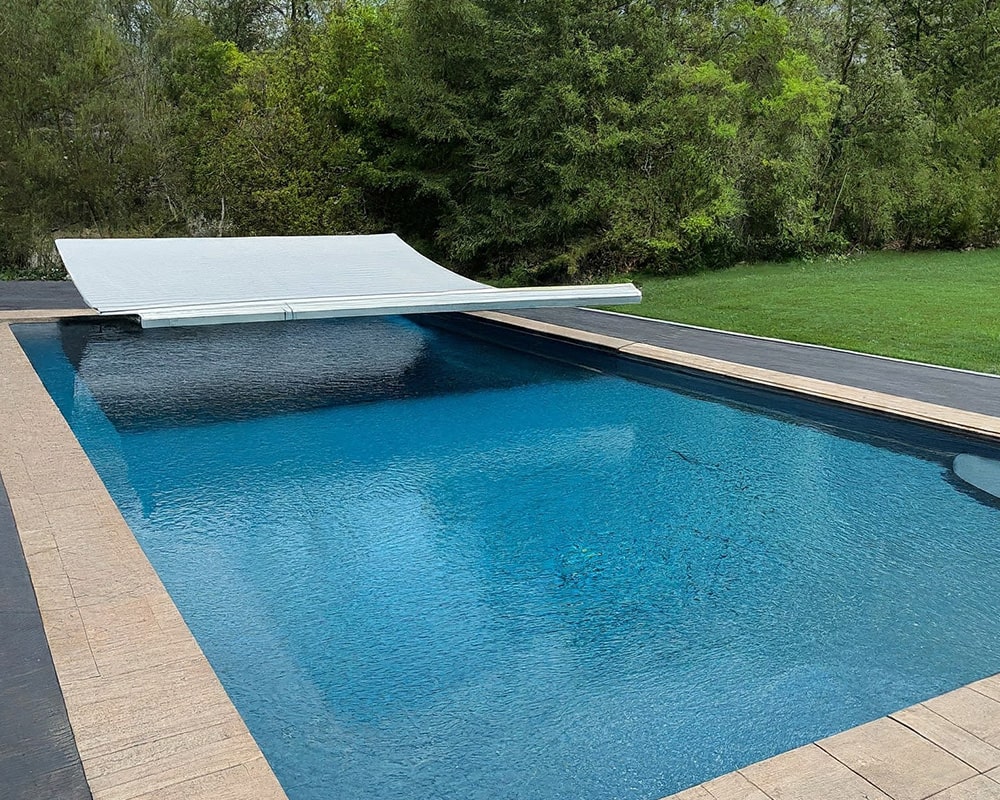
Algaecides can stop algae growth in its tracks. Like with shock, you’ll want to start with a balanced pool pH before you add the algaecide, and ensure you read its application directions thoroughly. On top of that, only add the algaecide if you’ve brushed and vacuumed your pool first; that way, you ensure the algaecide has a chance to get to any algae that’s stuck on the sides of your pool.
The Swim Season Starts With All Seasons Pools and Spas
You wouldn’t so much as doggy paddle without knowing that your pool is clean and prepared for the swimming season, so let All Seasons Pools and Spas help keep your dreams of opening up your pool afloat! Contact us today to schedule pool cleaning and maintenance services.
